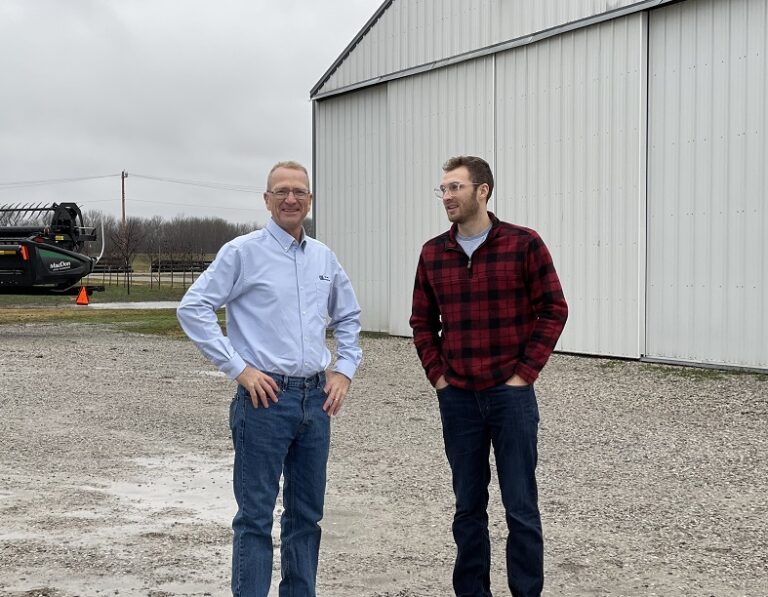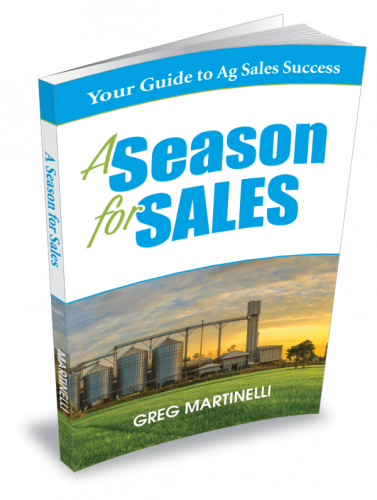Your personal brand is as important as your company or product brand
You may not realize it but you have a brand. Just like your company or the products you sell, your customers have an image (brand) in their minds when they think about you. Many companies think they own their brand. While they own the rights to the logo, their customers own their actual brand. In simple terms, a brand is what the customer thinks of you, your products, and your company. We can certainly influence that brand, but never forget, the customer owns it.
As a sales professional, your customers have an opinion of what it is like to do business with you and I really mean specifically “You”. If you are the link to the company, then the first brand they experience is yours.
Here are 7 simple ways to affect your personal brand and differentiate yourself from your competition:
- Communicate faster:
This one is very easy and can absolutely set you apart. Quit screening your calls. Quit waiting until Tuesday at 3:00 to download your emails. Instead, get really good at knowing how to delete time-wasting emails and responding promptly to those that are real and important. My suggested list is to focus on your manager, your top customers, and your internal support leaders (trucking/delivery manager, production manager, customer service, and administration). The rest of the world can wait until Tuesday at 3:00.
If you answer a call from a customer and they are calling about something less important than what you are currently doing, then ask them if you can call back. However, they will love the fact that you picked up or that you sent an immediate text back that you would call them right back. These actions are confidence boosters to your relationship. Customers value a live person responding.
2. Walk your customer all the way to the shelf
Yesterday, I was looking for an ice scraper for my car at a large retail store. I went to the automotive and seasonal departments, but there were none. Walking towards the exit, I ran into an employee. I asked him if there were any in the store. He immediately opened his phone, located them in his store App, and told me the aisle number. I mentioned that I had been back there and didn’t find any. He confirmed that they were there for sure and pointed in the direction. Then, turned and walked away. Needless to say, I went to that area again and there were still none. How many times do we or do our customer service people tell our customers how to do business with us, but don’t completely help them?
Examples might include:
- When a customer has a problem with their invoice, we tell them to call the accounting or finance department.
- When a customer has a question or problem with delivery, we tell them to call the dispatcher or trucking department.
I understand that you don’t know exactly how to solve these problems. And that the accounting or trucking department has the answer. My suggestion is to own the problem your customer brings to you. Maybe not for every customer or every problem, but definitely for your “A” accounts.
3. Refer to be referred
When I ask Ag sales audiences how their prospects find out how good they are to work with, “Word of Mouth” comes up almost every time. Word of mouth is another name for referral marketing. We want our customers to tell their neighbors. In Ag, our version of Yelp recommendations happens every morning at the coffee shop when farmers gather and talk about farming. As a salesperson, you are hoping that they will mention your name as someone good to do business with.
The struggle with word of mouth is that it’s slow and random. My advice is to make referrals and often your customers will return the favor faster. Refer them to people in your network who can help them be better at their business.
4. Connect to the COE
COE stands for Center of Excellence. In my definition of COE, it’s the place your customer goes to find the absolute truth on a subject. For example, if I sell probiotics to dairy farmers, then the COE is probably the three main universities in NY, WI, and CA. As well as a few industry experts. If I am buying grain/helping farmers market their grain, then the COE is most likely one of the five grain marketing newsletter people in the industry.
These are the institutions or people that your customer looks to determine their decisions. Who are they for your industry? For Ag lending is it the Fed or their Ag lender or the president of their local bank? For large farm equipment purchasing is it Machinery Pete, their neighbor, or their local equipment store manager?
Each customer is different. So, you have to ask each customer and then connect to their COE. In Ag, it is fairly easy to get connected or at least follow these experts on a social media platform. Connect and get to know their opinions and biases. You don’t have to agree with them, but you should at least know their opinions on your products. Your customer is using that information to make their decisions on your products.
5. Turn your data into selling stories
There’s an old saying, “Data tells but a story sells”. While I’m not a fan of these types of quips, it’s one that really fits in Ag selling. We sell too hard on numbers, data, and ROI. Too often, not connecting the “R” to the “I”, effectively.
Take your data and turn it into a selling story. A selling story is simply an example of a customer who used this product in a similar situation and had success with it.
6. Get Real
Your customers want a real person, not a robot or a regurgitation of the company message. They can get that from a computer bot or your website. When delivering messages or information about your company, just talk like a person without the regurgitation of the company message. This is especially true when it comes to difficult, negative, or crucial conversations. Examples might be discontinuing a product or service, raising your freight rates, or changes of any kind when working with producers. There is nothing wrong with the company message. It has to be written and published. However, your customers want it in your words. More importantly, they want to hear how you can help them navigate these changes. Refrain from saying, “Here at Geo-Global Ag, we want to provide seamless service while maintaining beneficial outcomes for all parties involved”. You might say, “We are losing way too much on trucking and aren’t subsidizing it anymore. So, rates are going up.” If that is too direct, then you can find something less harsh in between. However, most people who run a business understand it better than the first message. They might not like it, but they understand and appreciate plain, truthful talk.
7. Work on it
It is important to work on your brand routinely. Start by asking some of your best customers. Ask them how you’re doing. What could you improve? Maybe use the “Start-Stop-Continue” line of questions. Ask two or three customers and I’m guessing you will start to hear a pattern. Now, change for the better and build your brand.
How do you know when your brand is strong? When customers tell your manager that they do business with your company because of you! To me, that is the ultimate testimonial for your personal brand. A customer saying, “I do business with your company because of Greg!”


